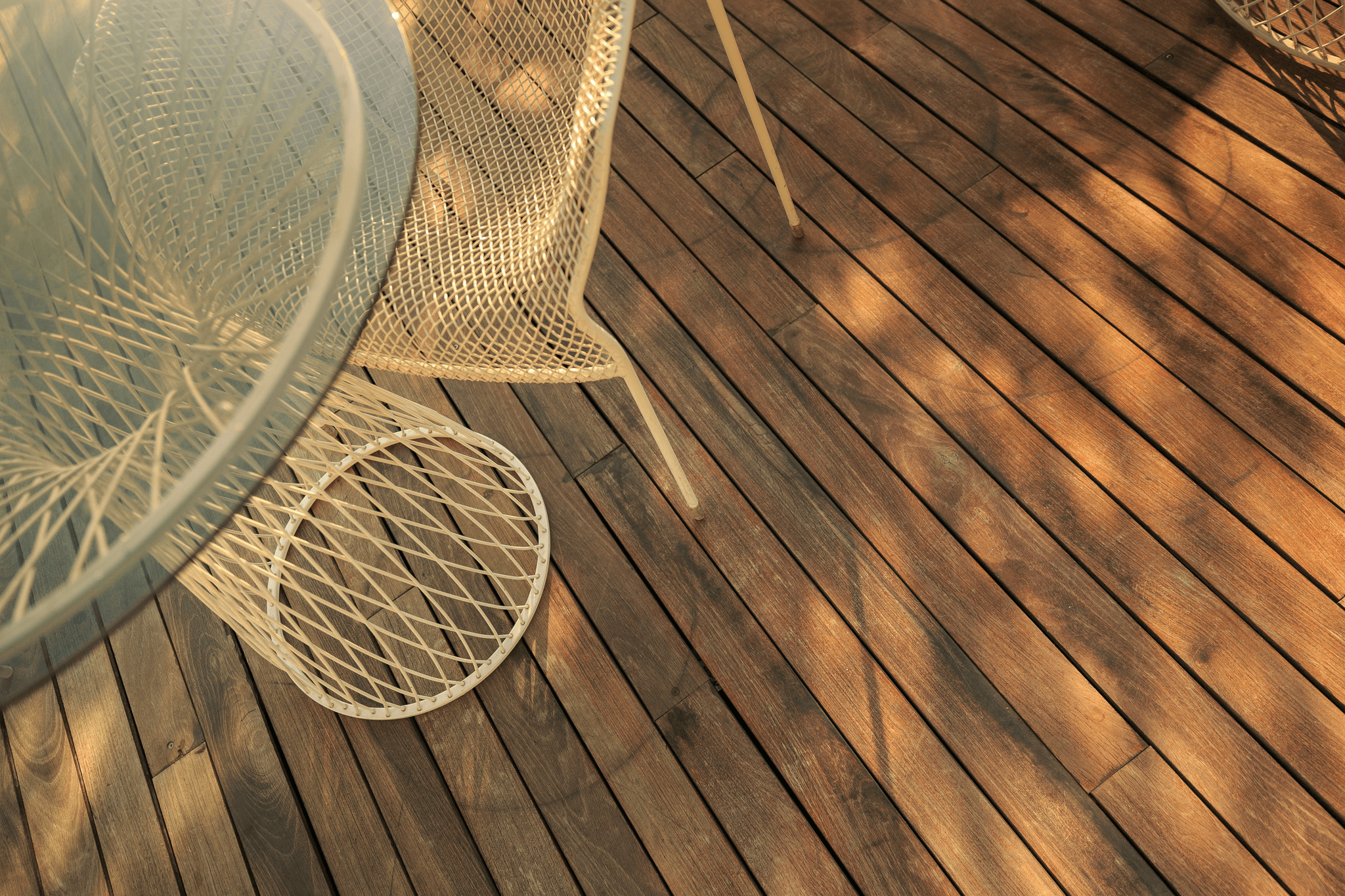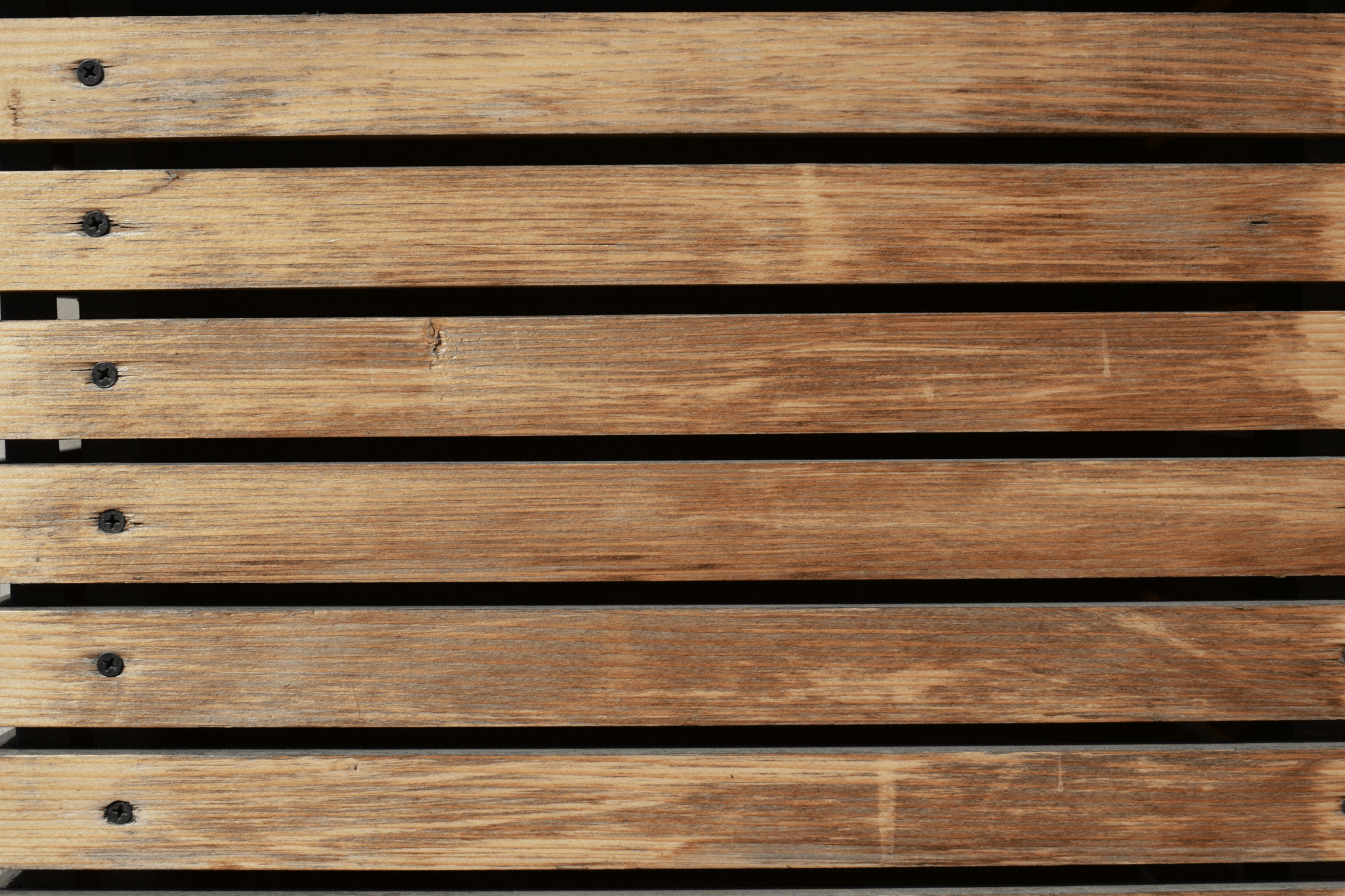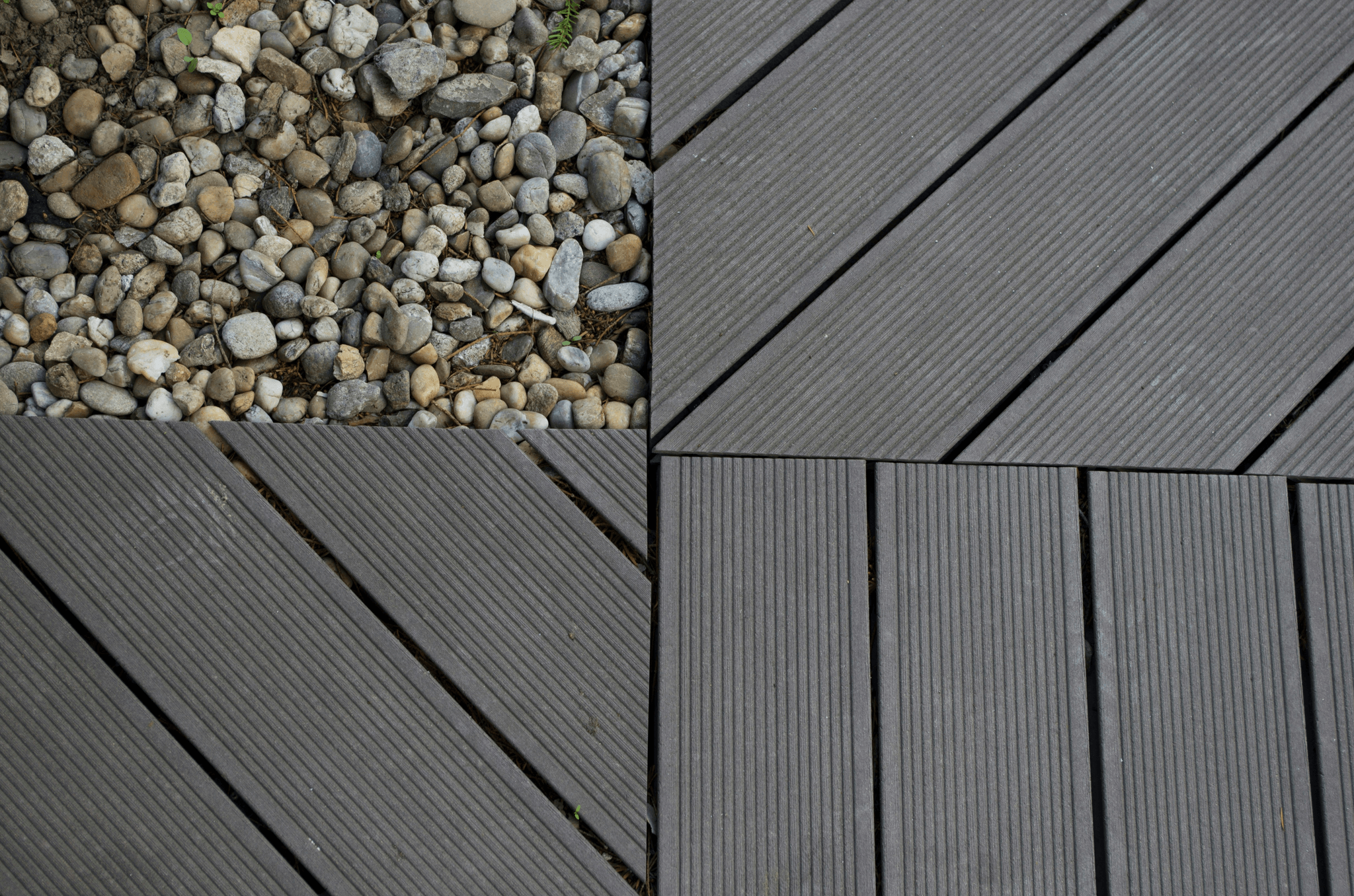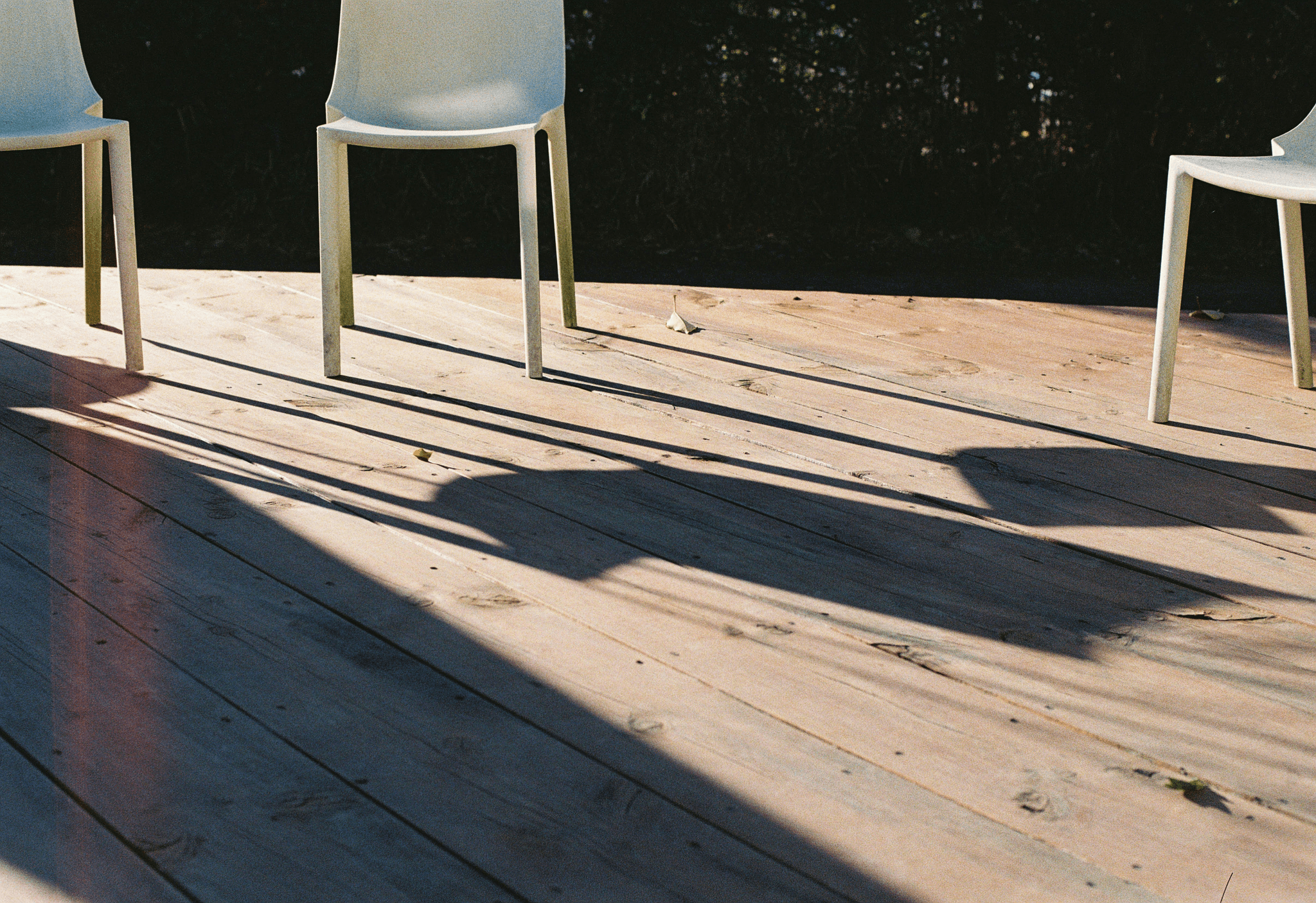Introduction

Understanding Wood Decking Options
Wood decking remains a popular choice among homeowners due to its natural beauty and versatility. There are various types of wood available, including pressure treated wood for decks that offer enhanced durability against the elements. Exploring these options will help you find the best decking suited to your lifestyle and aesthetic preferences.
The Benefits of Choosing Wood
Choosing wood for your deck can provide warmth and character that other materials often lack. Not only does treated wood for decks offer excellent strength and longevity, but it also allows for customization through staining or painting to match your home’s exterior. With proper maintenance, wood decks can become a stunning centerpiece in your outdoor space that stands the test of time.
Key Factors in Deck Board Selection
Selecting the right deck boards involves considering factors such as climate, maintenance requirements, and budget constraints. While hardwoods may be more expensive upfront, they often provide unmatched durability compared to softer woods or even some composite deck boards. Ultimately, understanding these key factors will lead you toward making an informed decision on the best boards for decking that suit both your needs and preferences.
Types of Wood Decking

Each option has its own unique characteristics that can impact both aesthetics and longevity. Choosing the right deck boards can make all the difference in creating a beautiful and durable space for relaxation and entertainment.
Hardwoods vs. Softwoods
The debate between hardwoods and softwoods is one that often leaves homeowners scratching their heads. Hardwoods, like teak and mahogany, are known for their density and durability, making them some of the best boards for decking if you're looking for longevity. On the other hand, softwoods such as pine or cedar are more budget-friendly options but may require more maintenance over time to keep those wood decks looking fresh.
While hardwoods generally offer greater resistance to wear and tear, softwoods have their charm with rich colors and natural grain patterns. It's essential to consider your climate as well; hardwoods tend to perform better in harsher conditions while softwoods may warp or crack if not treated properly. Ultimately, your choice will depend on your aesthetic preferences and how much effort you’re willing to put into maintaining those beautiful deck boards.
Popular Wood Choices
When selecting from popular wood choices for decking, there’s no shortage of options that cater to various styles and budgets. Ipe is a top contender among hardwoods due to its incredible durability—often touted as one of the best decking materials available today! For those leaning toward softwoods, pressure-treated wood for decks remains a classic choice thanks to its affordability and resistance to rot.
Another noteworthy option is redwood; it's not only visually stunning but also naturally resistant to insects—making it an excellent choice for outdoor use! If you’re after a sustainable approach, consider bamboo; it’s rapidly renewable while still providing decent durability compared to traditional woods.
Pressure Treated Wood for Decks
Pressure treated wood for decks has become a staple in outdoor construction due primarily to its resilience against decay and pests—making it one of the best boards for decking on a budget! This type of treated wood undergoes a rigorous process where preservatives are infused under high pressure, ensuring maximum protection against moisture damage over time. While pressure-treated lumber might not have the same aesthetic appeal as some exotic hardwoods, it's hard to beat its value when considering long-term performance.
One thing worth noting is that treated wood requires regular maintenance—like staining or sealing—to maintain its structural integrity while enhancing its appearance over time. However, with proper care, this durable decking material can last many years without significant issues! So if you're seeking an economical yet reliable solution for your deck boards, pressure-treated options might just be what you need.
Composite Deck Boards Explained

In the world of decking materials, composite deck boards are gaining significant traction among homeowners and builders alike. These boards are engineered from a blend of recycled wood fibers and plastic, resulting in a product that combines the aesthetic appeal of wood decks with enhanced durability. Choosing composite can be a smart move if you're looking for the best boards for decking that require less maintenance while still delivering on style.
Why Choose Composite?
Composite deck boards offer several advantages that make them an attractive option for any decking project. First and foremost, they resist fading, staining, and scratching better than traditional wood options, which means you can enjoy your deck's beauty without constant upkeep. Additionally, many composite products are made from recycled materials, making them an eco-friendly choice for those who want to minimize their environmental impact while enjoying durable decking.
Another reason to consider composite is its resilience against the elements; unlike pressure treated wood for decks, which can warp or splinter over time, composite boards maintain their shape and integrity even in harsh weather conditions. This durability translates into a longer lifespan compared to treated wood for deck applications. Thus, if you're seeking low-maintenance solutions without compromising on quality or aesthetics, composite could be your go-to choice.
Comparing Composite and Wood
When it comes to comparing composite and traditional wood decks, there are several key factors to consider beyond just appearance. While both options can look stunning when installed correctly, the longevity of composite deck boards often outshines that of their wooden counterparts. Wood decks typically require regular staining or sealing every few years to preserve their look and structural integrity; however, with composites’ resistance to moisture and insects, you’ll spend less time worrying about maintenance.
Cost is another important consideration; while the upfront price of the best decking may be higher for composites compared to pressure treated wood for decks initially, they often prove more economical over time due to reduced maintenance costs and longer lifespan. Moreover, when evaluating long-term value versus upfront costs between these two materials—consider how much effort you're willing to invest in upkeep versus enjoying your outdoor space hassle-free!
Composite Decking Inc Products
One standout name in the realm of composite decking is Composite Decking Inc., known for its innovative range of products designed with both functionality and aesthetics in mind. Their offerings include various colors and textures that mimic natural wood grains while providing all the benefits associated with durable decking solutions like low maintenance requirements and high resistance against weather damage.
Whether you’re looking at standard planks or more specialized options like grooved boards for hidden fasteners or wide-width planks for expansive spaces—the selection at Composite Decking Inc ensures you'll find some of the best boards for decking available today! With such diversity in design choices combined with performance reliability—it's no wonder many homeowners opt for these products when building their dream outdoor spaces.
Evaluating Durability and Maintenance

Lifespan of Various Deck Boards
The lifespan of deck boards varies widely depending on the material used. Generally, hardwoods such as teak or mahogany can last up to 25 years with proper care, while softwoods like pine may only offer around 10 to 15 years of service life even when treated. On the other hand, pressure treated wood for decks is designed to resist rot and insect damage, giving it a lifespan of approximately 15 to 20 years if maintained properly.
Composite deck boards are known for their impressive longevity as well; many brands boast lifespans that exceed 25 years without significant deterioration. This makes them one of the best decking options if you're looking for durable decking solutions that require less frequent replacement. Ultimately, considering these lifespans will guide you in selecting the right materials that align with your expectations.
Maintenance Requirements
Maintenance is another vital aspect when evaluating deck boards; some materials demand more attention than others. For instance, wood decks typically require annual sealing or staining to protect against moisture and UV damage, which can be a labor-intensive process but essential for longevity. Conversely, composite deck boards generally need minimal maintenance—just occasional cleaning with soap and water—making them a low-maintenance alternative.
Pressure treated wood for decks does require some upkeep too; while it's designed to withstand decay, regular inspections and resealing every few years can extend its life significantly. If you're considering treated wood for your deck, be prepared to invest time into its maintenance routine to ensure it remains in good shape over the years. Ultimately, understanding these maintenance requirements will help you choose between various options based on how much effort you're willing to commit.
Weather Resistance and Treatment Options
Weather resistance plays a pivotal role in determining how well your chosen material will perform over time—especially if you live in an area prone to harsh conditions. Pressure treated wood is specifically engineered with chemicals that protect against moisture damage and pests; however, it still needs regular treatment with sealants or stains to maintain its protective qualities effectively. Without this care, even the best boards for decking may succumb to warping or decay after several seasons.
On the flip side, composite deck boards excel in weather resistance due to their synthetic composition; they are inherently resistant to fading from sunlight and do not absorb water like traditional woods do. This makes them ideal candidates if you're seeking durable decking solutions that stand up against rain or snow without compromising aesthetics over time. By understanding these weather resistance features alongside treatment options available for each material type, you'll be better equipped when making your final decision on which decking suits your needs best.
Aesthetic Considerations

When it comes to creating a stunning outdoor space, aesthetics play a pivotal role in your choice of decking. The best boards for decking can enhance the overall look of your home while providing functionality and durability. With so many options available, it's essential to consider color, grain patterns, and finishing touches that align with your personal style.
Color and Grain Patterns
The color and grain of deck boards can dramatically affect the ambiance of your outdoor area. From rich mahogany hues to the lighter tones of pressure treated wood for decks, selecting the right shade can complement your home’s exterior beautifully. Additionally, the unique grain patterns found in different types of wood add character; whether you prefer the straight lines of cedar or the intricate swirls of tropical hardwoods, there’s something for everyone.
Finishing Touches
Finishing touches are what truly make a deck stand out as one of the best decking options available. Whether you choose to stain or seal your treated wood for deck boards, these enhancements not only elevate aesthetics but also protect against wear and tear over time. Consider adding decorative elements like built-in lighting or custom railings to give your wood decks an extra flair that reflects your personal taste.
Best Decking Styles for Your Home
Choosing the best decking style involves considering both functionality and visual appeal tailored to your home’s architecture. For modern homes, sleek composite deck boards offer a contemporary look without sacrificing durability; on the other hand, traditional homes might benefit from classic hardwoods that add warmth and charm. Ultimately, aligning your decking choice with both style preferences and practical needs will ensure you create an inviting outdoor oasis.
Budgeting for Your Deck

When it comes to budgeting for your deck, understanding the costs involved is crucial to making informed decisions. Whether you're leaning toward treated wood for your deck or considering composite deck boards, knowing the price range will help you avoid any budgetary surprises. Let’s break down some essential factors that will guide you through the financial aspects of building a beautiful and functional outdoor space.
Cost of Treated Wood for Deck
Treated wood for decks is often a popular choice due to its affordability and durability. Prices can vary based on the type of pressure-treated wood you select, but generally, it remains one of the most economical options available. Expect to pay anywhere from $2 to $5 per square foot, depending on quality and availability, which makes it an attractive option when seeking the best boards for decking within a budget.
However, while treated wood may seem like a steal upfront, consider that prices can fluctuate based on market demand and geographical location. Additionally, keep in mind that investing in higher-quality treated wood can save you money in maintenance and replacement costs down the line. Ultimately, weighing these factors will ensure you're getting good value without compromising on quality.
Comparing Prices for Best Boards for Decking
When comparing prices among various decking materials—whether it's traditional treated wood or composite deck boards—it's essential to do your homework. The best boards for decking come in various styles and finishes that affect their price points significantly. Composite options might start at around $3 to $7 per square foot but can go up depending on brand reputation and aesthetic appeal.
While it might be tempting to go with lower-priced options initially, consider how each choice aligns with your long-term goals for durability and maintenance needs. Investing in quality materials now could save you from costly repairs or replacements later on; after all, no one wants a sagging or splintered deck! So take your time comparing materials; you'll find that some products offer better value over time than others.
Long-term Value vs. Upfront Costs
Budgeting isn't just about initial expenditures; it's also about understanding long-term value versus upfront costs when choosing between different types of decking materials like pressure-treated wood or composite options. While pressure-treated wood may have lower initial costs compared to high-end composite deck boards, consider how much time and money you'll spend on maintenance over the years with each material type.
Composite decking typically requires less upkeep than traditional wood decks—no staining or sealing every few years means more time enjoying your outdoor oasis instead of working on it! This means that while composite may cost more initially, its longevity and reduced maintenance requirements often make it a better investment overall in durable decking solutions. Balancing short-term affordability with long-term sustainability is key to ensuring you choose wisely when selecting your ideal deck material.
Conclusion
Wood decks can provide a warm, natural aesthetic that complements any home style, while also being an excellent choice for outdoor living spaces. However, it's essential to weigh your options and consider factors like durability and maintenance before making your final decision.
Final Thoughts on Wood Decks
Wood decks have their unique charm, but they also come with responsibilities. The right treated wood for deck applications can ensure longevity and resistance to the elements while maintaining that classic look. Whether you opt for pressure treated wood for decks or a high-quality hardwood, investing in the best decking will pay off in both enjoyment and property value.
Choosing the Best Decking for You
As you navigate through various decking materials, keep in mind what matters most to you: aesthetics, durability, or maintenance requirements. If you're leaning towards low-maintenance solutions with long-lasting appeal, composite deck boards are worth considering; however, if traditional beauty is your goal, nothing beats the allure of natural wood. Ultimately, choosing the best boards for decking means finding a balance between personal preference and practical considerations.
Investing in Durable Decking Solutions
Investing in durable decking solutions is not just about initial costs; it’s about planning for years of enjoyment without constant repairs or replacements. While pressure treated wood for decks may offer affordability upfront, consider long-term value when comparing prices across different materials like composite deck boards or high-end hardwoods. Remember that quality often outweighs quantity—selecting the right products now will save you time and money down the road.
